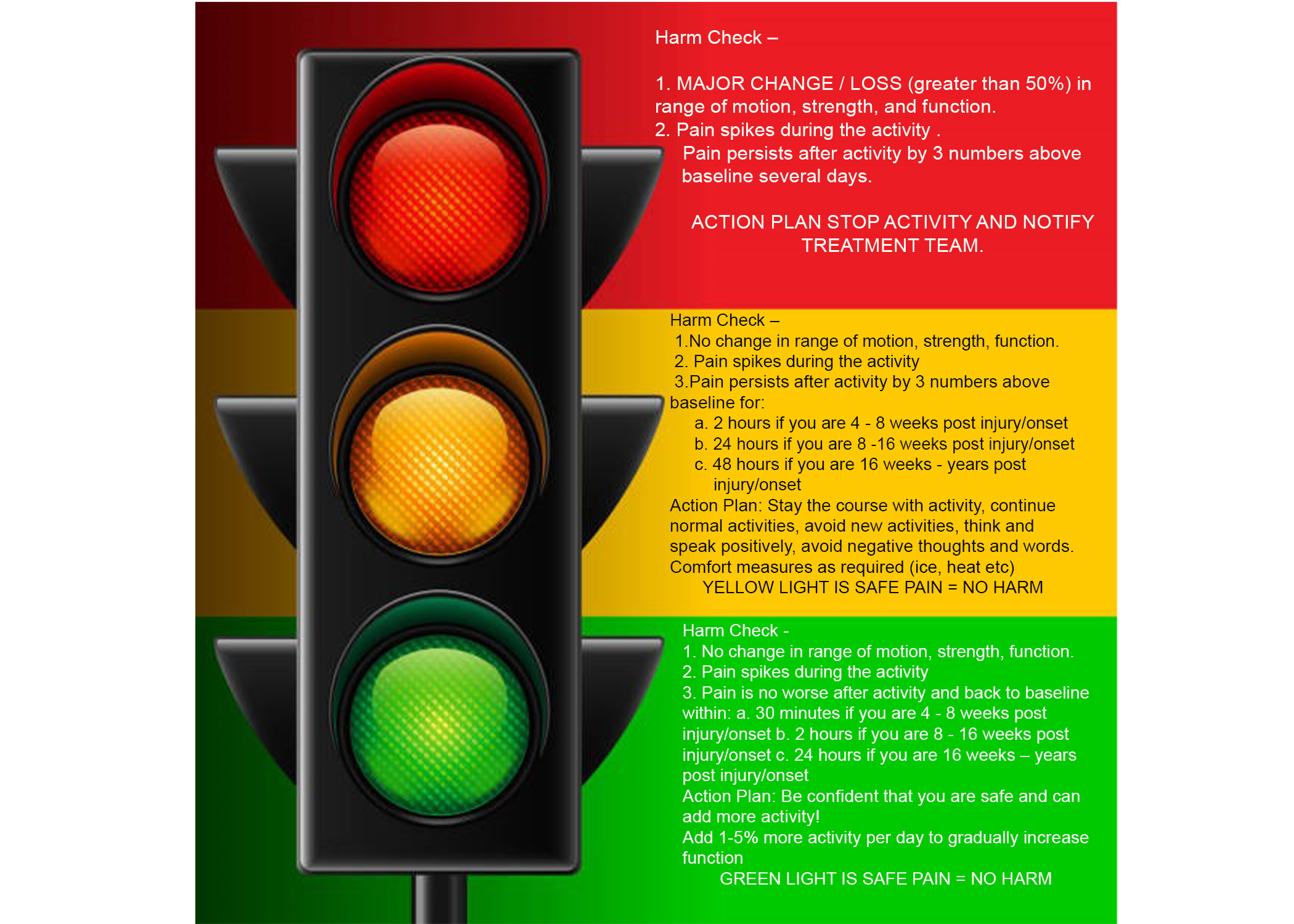
Most people assume that getting weaker with age is just part of life.
It’s not.
Yes, muscle loss is common. but the impact of profound muscle loss is avoidable and it is never too late to take action.
If you’re sedentary, you start losing 1–1.4% of muscle mass and about 3% of strength every year starting at age 40.
That adds up fast.
By your mid-to-late 50s, you may have lost a shocking amount of functional strength. Not because of age alone—but because of inactivity.
Let’s walk through a scenario that might feel all too familiar:
The Downward Spiral of Inactivity
-
You notice aches in your spine, knees, or hips, shoulders etc.
-
You’re told or assume it's just arthritis and to “live with it.”
-
Google, your freinds or even doctors call it “wear and tear,” which is confusing because you haven’t been all that active.
-
You begin to avoid movement even more, thinking it will make things worse. ( it won’t.)
-
Eventually, medication becomes a daily habit—Advil, Aleve, tylenol or something stronger.
-
Frustrated, you try something different like chiropractic care.
-
This helps improve mobility, reduce pain, and may make movement feel easier.
-
-
Your chiropractor recommends exercise—but now you're worried:
-
"If it hurts, am I doing harm?"
-
Not necessarily. Here’s a simple way to check your limits and prove to yourself that hurt does not equal harm:
-
Use This Simple Exercise Pain/Effort Scale
-
Rate your pain out of 10 (10 = worst imaginable).

What Happens If You Don't Move?
-
You stop exercising altogether.
-
Pain increases, frustration builds.
-
You’re offered increasingly invasive treatments.
-
You get an MRI or X-ray—told your arthritis is "getting worse."
-
Eventually? More meds, surgery, assistive devices (think cane)?
Sometimes more invasive treatment is appropriate. But wouldn't it be nice to avoid that?
Even if exercise isn’t right today, it may be an option in the future—especially if you stay mobile.
Fast Forward: Age 70 and Beyond
Without strength training:
-
Muscle continues to disappear.
-
Your fall risk increases by up to 400%.
-
Daily tasks—like standing from a chair or getting off the toilet—become impossible.
-
You need assistance. Any your independance is challenged.
That’s not the future you want. And here’s the good news:
You Can Reverse/Slow Muscle Loss at Any Age
Here’s how:
Every Week:
-
30 minutes per day of general activity
-
Walking, swimming, biking, hiking, yoga—whatever you enjoy it doesn't have to be challenging just move.
-
-
2x/week of resistance (strength) training
-
Tailored to your current ability
-
Supervised if needed
-
Even if you’ve been sedentary for 20–30 years, research shows:
2–3 months of strength training can restore lost function—even in people over 75.
No, you won’t become a bodybuilder.
But you’ll be able to move, lift, bend, and live without depending on others.
Final Thought
Over 50% of the world’s population over 75 is sedentary.
It doesn’t have to be this way.
Start small.
-
Do a few squats or push-ups modified as appropriate.
-
Go for a walk.
-
Ask for help.
If you're not sure where to start. We’ll help you create a plan that works for your body and your goals or help you find someone who can meet your specific needs.
We’ll help you take the first step.





